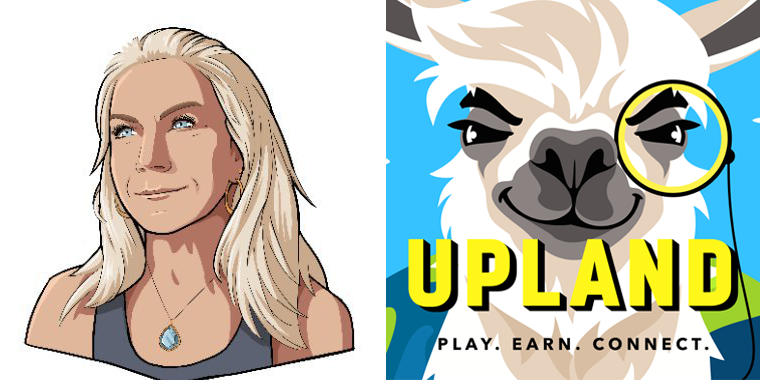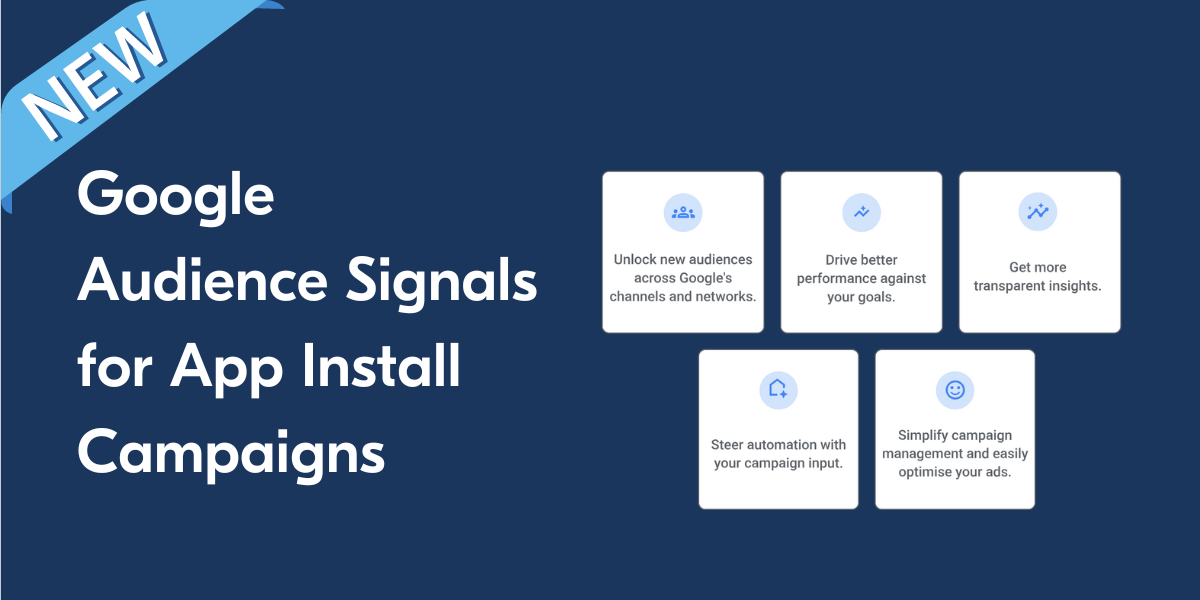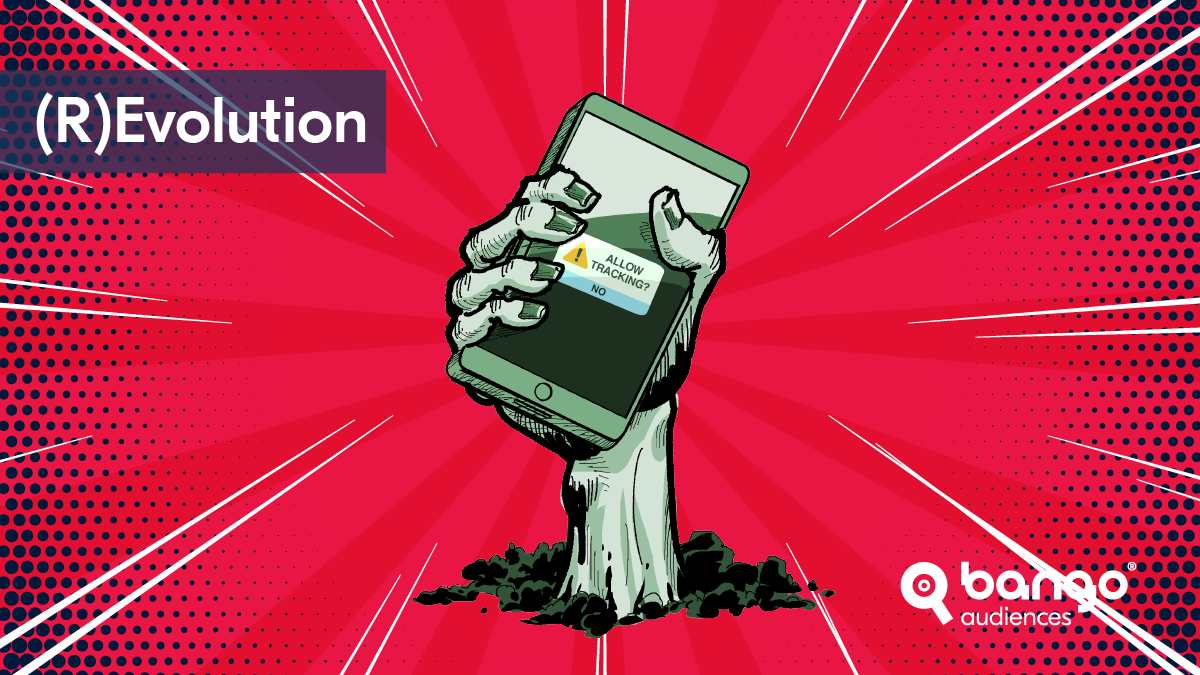Tell us about Upland
Upland is a free to play app available on iOS, Android and the web.
Inside Upland, users purchase virtual properties based on real-world addresses with the goal of increasing their net worth as they level up. They can collect and trade with other users and sell properties to create value for themselves.
We also have Metaventures, which are user generated shops on top of those properties where users can sell the digital assets that they've purchased from within the app.
How do you monetize your mobile app?
Users utilize UPX, which is an in-game currency to purchase properties, cars and other digital assets. They buy UPX with US dollars, which is how we monetize the user.
They'll buy a pack of UPX, which allows them to purchase properties, cars, and other items from other users or some of the brand partners we work with, including the NFLPA, FIFA, FC Porto, Jacky Tsai, UNICEF Brasil, and the Susan G Komen Foundation, to name a few.
When they sell their properties, there's also a share that comes back to Upland.
Do you think about monetization when you run user acquisition campaigns, or do you treat them as separate activities?
It is one and the same. We have started to structure our UA campaigns with the steadfast focus on monetization.
We target users with specific campaigns outside the funnel and then educate them through the process of onboarding inside the app and with event-triggered email campaigns as they get started.
We guide them based on what they're interested in, whether it’s a specific city in which they can buy a property or another aspect of Upland in which they’ve expressed interest. Usually though, they start with buying a property and completing a collection before their first purchase. That is the strongest hook for driving deeper funnel events.
It's really a matter of reaching a user via an ad in our acquisition strategy and then guiding them all the way through to that monetization, demonstrating what the value is for them inside of Upland.
The mechanics of that are a mix of emails, push notifications, influencer content, social content and also in-app content.
How has your approach to UA changed over the last few years?
In 2022, there was quite a bit of noise and interest in the metaverse and NFT space. Naturally, any campaign in our acquisition strategy that adhered to the noise and the excitement of NFT in metaverse was pretty keen to return.
In reality, the top of the funnel was so vast due to the share of voice that metaverses and NFTs had at that time, that the quality of our funnel mattered slightly less because users were doing everything they could to figure Upland out and get started with that first purchase.
To be honest, it made our job very easy.
We were looking at 30 day ROAS in order to understand where we were achieving an efficient acquisition of users and throughout 2022, we exceeded our KPIs month after month.
Since then the industry has really shifted and now we have a steadfast focus on the optimization of ALL aspect of the funnel, which is definitely priority #1. It’s the only way we will be able to ride out this bear market and be ready for major growth when the bull gets back in the ring, so to speak.
I don't think that there's any less interest in NFTs in metaverse. I just think that the conversation is starting to get a little bit more rich and complex.
That forces us to change our strategy from an acquisition perspective to a full funnel optimization perspective. One of the values that we think is really important is education, based on the understanding of the target user. That's meeting them where they are with messaging that educates and drives an action-based event in a clear and concise manner.
Then once we've captured their interest, it's a matter of a much more intelligent and focused onboarding and monetization strategy.
The shift really became less about generating volume at the top of the funnel (at least not only that) and looking at ROAS, but more about how are we creating patterns and flows of user behavior that drive the first purchase, and ultimately a higher LTV.
What impact have the recent privacy changes made to your strategy?
In terms of iOS and losing all the data, we heavily focused on Android. As we get more confident that we have proper events mapped out to track signals on the iOS front, we'll look to rectify and spend more money on iOS.
What’s your biggest innovation in UA?
The focus has been on creative. It’s not an ‘innovation’ but getting into a more steady and regular cadence of refreshing creative has helped improving conversion rates and click-through rates.
As we've cleaned up the accounts we’re slowly seeing ROAS going up month over month. So things are moving in the right direction.
We’ve also done some work on optimizing the app store. We did several runs of testing we’re we’ve seen lifts from each of the components we've tested. It’s important to note that we test the App Store and Google Play store as two completely different things, which they are, because the audiences and user behavior are vastly different.
I wouldn't say it's necessarily innovative, it's just going back to the bread and butter of optimizing campaigns and getting things cleaned up.
Trying to pick up little efficiencies wherever we can to improve the click through and conversion rates, really getting into a regular cadence of fresh creative and a fully optimized funnel from top to bottom.
What's the best advice you can give, or that you have been given on running successful user acquisition campaigns?
I think what I've learned is that the entire user flow, from ad or article to that first purchase is not a spray and pray luck of the draw.
You literally have to set up each and every campaign with a targeted and well messaged education campaign that guides each user through every step.
For us, we connect all of our ad campaigns to specific email/push combination campaigns in HubSpot so that we can really understand the gaps in the funnel based on the messages we are serving. We A/B test those flows, we create new ones, test, and keep going until we have the right mix. It’s not easy and you can no longer bet on luck. You have to bet on strategy.
For Upland users, the monetization period is a little bit longer if we do nothing to educate them.
Now that we have a better optimized education and onboarding campaign to support the ad, we are monetizing MUCH earlier and have recently seen an increase in 150% D1 avg revenue vs users that got no education campaign at all.
We're still trying to understand how to scale and globalize those campaigns to other geo’s and really make sure we know the signals to gauge it, to really define how long we have to nurture them before that purchase actually happens.
Are there any bad recommendations that you often hear given about how to run app campaigns?
My main gripe is when Ad Networks and Partners always wants you to adhere to their best practices, which may have worked for one or two customers. In my years of doing UA and especially UA in web3, that's almost never the case for success! This is a brand new industry and web2 gaming tactics really do not apply.
There's always one-off strategies, one-off hacks that work. You can generate good revenue or produce good results that aren't necessarily what a partner recommends or what they tell you to do.
I would say just take their advice with a grain of salt. I wouldn't say to go 100% against what they're saying but, try their suggestions. If they work for the client, the app, whatever you're managing, then let it run. And if it doesn't, you'll quickly see it in the numbers and then pivot away.
One of the things that we've learnt is to not get too comfortable or passive with your UA strategy.
Constantly test and learn because the evolution of your industry and the way consumer behavior changes so rapidly, it changes algorithms on the channels in which we're paying. It changes the way users click on ads in general.
So staying dynamic with the strategy, testing and learning new channels all the time is a really important part of the way that our team works together. Also our rule of thumb is never to exceed 20% of our total budget in testing new channels. Finally, when we are planning future monthly acquisition budgets, we really understand the VALUE via ARPU/ARPPU in a geo to determine how much we want to invest in it.



